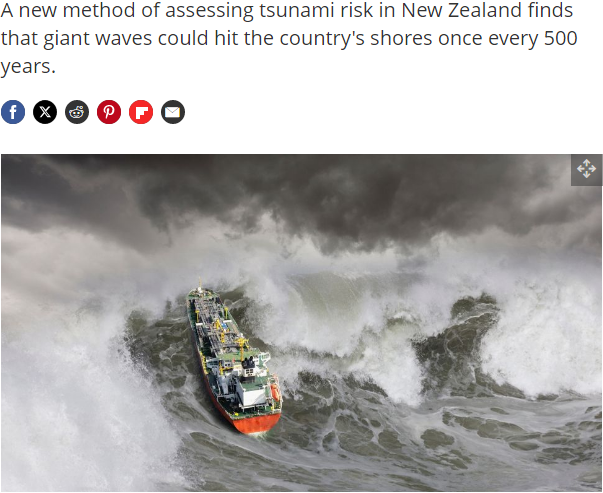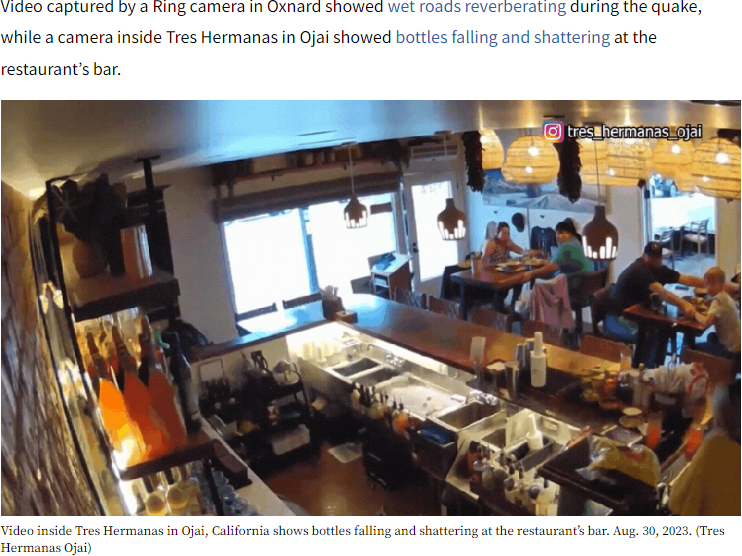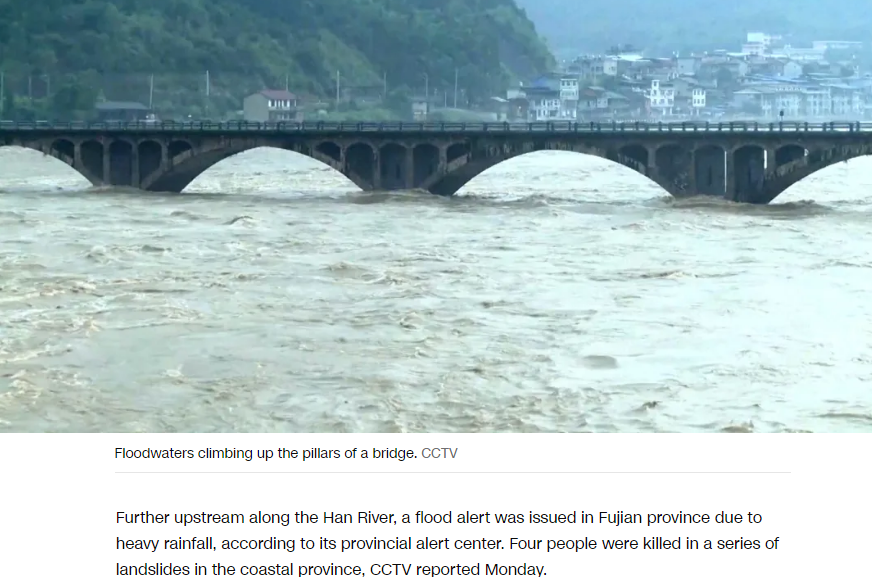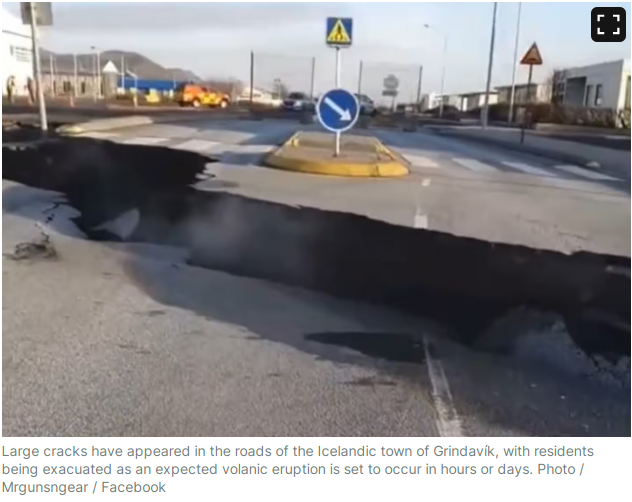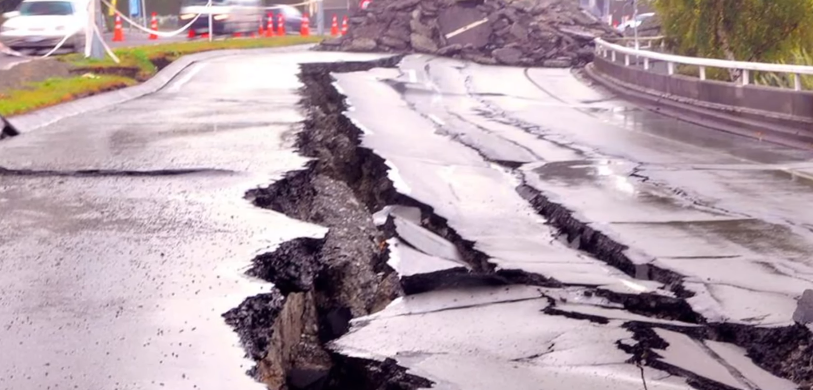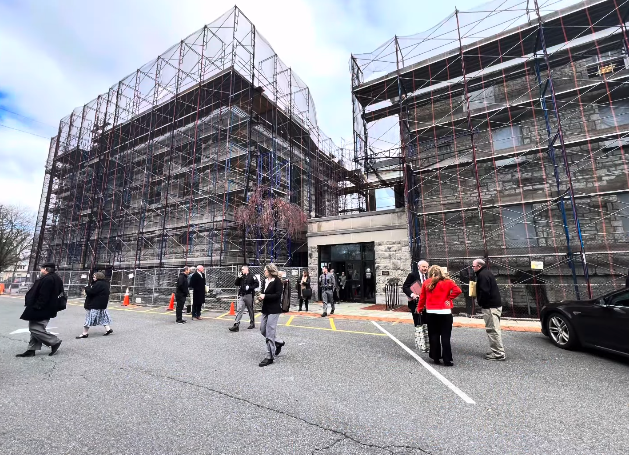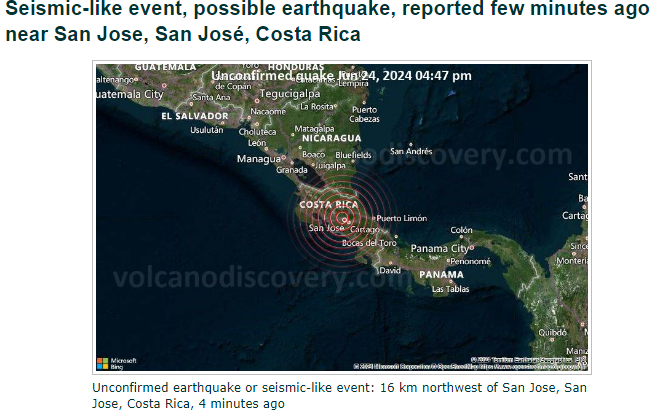| Key Statistics | |
|---|---|
| Number of Category 5 hurricanes since 1851 | 41 |
| Number of Category 5 hurricanes from 1851-1959 | 11 |
| Number of Category 5 hurricanes from 1960-present | 30 |
| Most Category 5 hurricanes in a decade | 8 (2000-2009) |
| Most Category 5 hurricanes in a single season | 4 (2005) |
| Most consecutive years with at least one Category 5 hurricane | 4 (2016-2019) |
| Average number of Category 5 hurricanes per year | 0.6 |
| Average number of Category 5 hurricanes per decade | 6 |
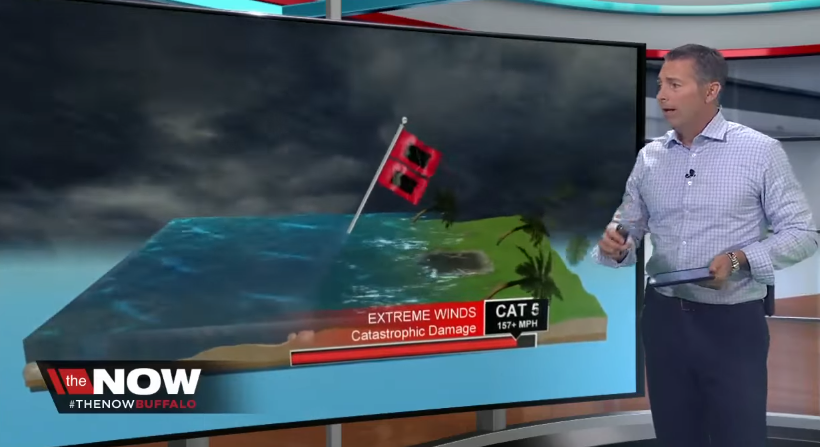
Introduction
A Category 5 hurricane is the most intense and destructive type of hurricane that can form in the Atlantic Basin. These storms have maximum sustained winds of at least 157 mph and are capable of causing catastrophic damage to infrastructure and loss of life. In this article, we will explore the history, characteristics, and impacts of Category 5 hurricanes.
History of Category 5 Hurricanes
The first recorded Category 5 hurricane in the Atlantic Basin was the 1924 Cuba hurricane, which made landfall in Cuba as a Category 5 storm and caused widespread destruction. Since then, there have been 40 additional Category 5 hurricanes, with the most recent being Hurricane Beryl in 2024.
The 2000s saw a particularly active period for Category 5 hurricanes, with eight such storms forming during the decade. This was followed by another active period from 2016 to 2019, which saw four consecutive years with at least one Category 5 hurricane.
Characteristics of Category 5 Hurricanes
Category 5 hurricanes are characterized by their extremely high wind speeds, which can exceed 190 mph. These storms also often have a large and well-defined eye, surrounded by a ring of intense thunderstorms. When these thunderstorms wrap around the eye and form a new outer ring, the hurricane’s wind intensity can temporarily decrease before intensifying again, leading to a larger and more destructive storm.
Impacts of Category 5 Hurricanes
The impacts of Category 5 hurricanes can be catastrophic, with extensive damage to buildings, infrastructure, and vegetation. These storms can also cause significant storm surge, leading to coastal flooding and the destruction of coastal communities. In addition, Category 5 hurricanes can produce tornadoes and heavy rainfall, leading to inland flooding and additional damage.
Notable Category 5 Hurricanes
There have been many notable Category 5 hurricanes in the Atlantic Basin, including:
- The 1935 Labor Day hurricane: This storm made landfall in the Florida Keys as a Category 5 hurricane, causing extensive damage and loss of life.
- Hurricane Camille (1969): This storm made landfall in Mississippi as a Category 5 hurricane, causing widespread destruction and loss of life.
- Hurricane Andrew (1992): This storm made landfall in South Florida as a Category 5 hurricane, causing extensive damage and loss of life.
- Hurricane Katrina (2005): Although only a Category 3 hurricane at landfall, Katrina caused widespread destruction and loss of life due to its extensive storm surge and flooding.
- Hurricane Irma (2017): This storm made landfall in the Florida Keys as a Category 4 hurricane, causing extensive damage and loss of life.
- Hurricane Dorian (2019): This storm made landfall in the Bahamas as a Category 5 hurricane, causing extensive damage and loss of life.
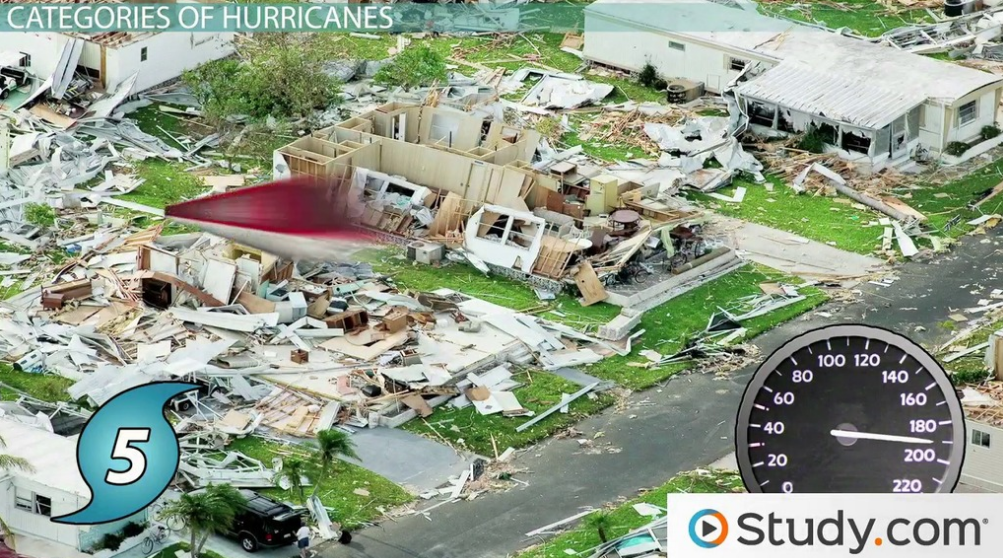
Conclusion
Category 5 hurricanes are the most intense and destructive storms that can form in the Atlantic Basin. These storms are capable of causing catastrophic damage to infrastructure and loss of life, and their impacts can be felt for years after they make landfall.
While the frequency of these storms is relatively low, their potential for destruction makes them a significant threat to coastal communities. As such, it is important to be prepared for these storms and to take appropriate measures to protect lives and property.

